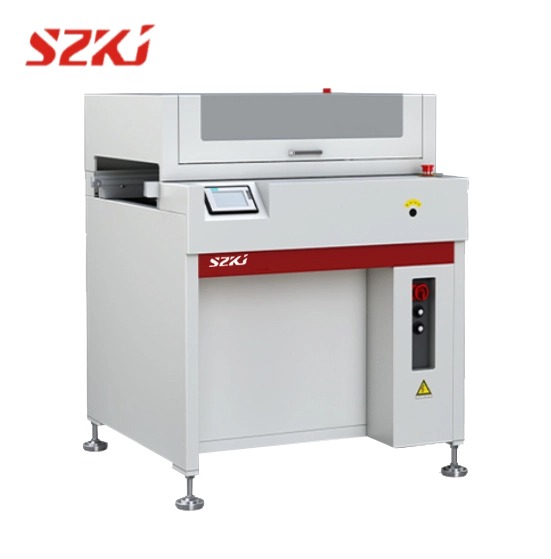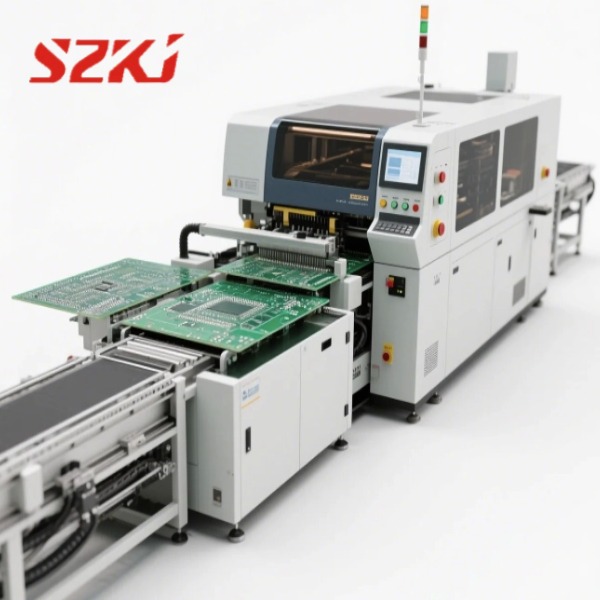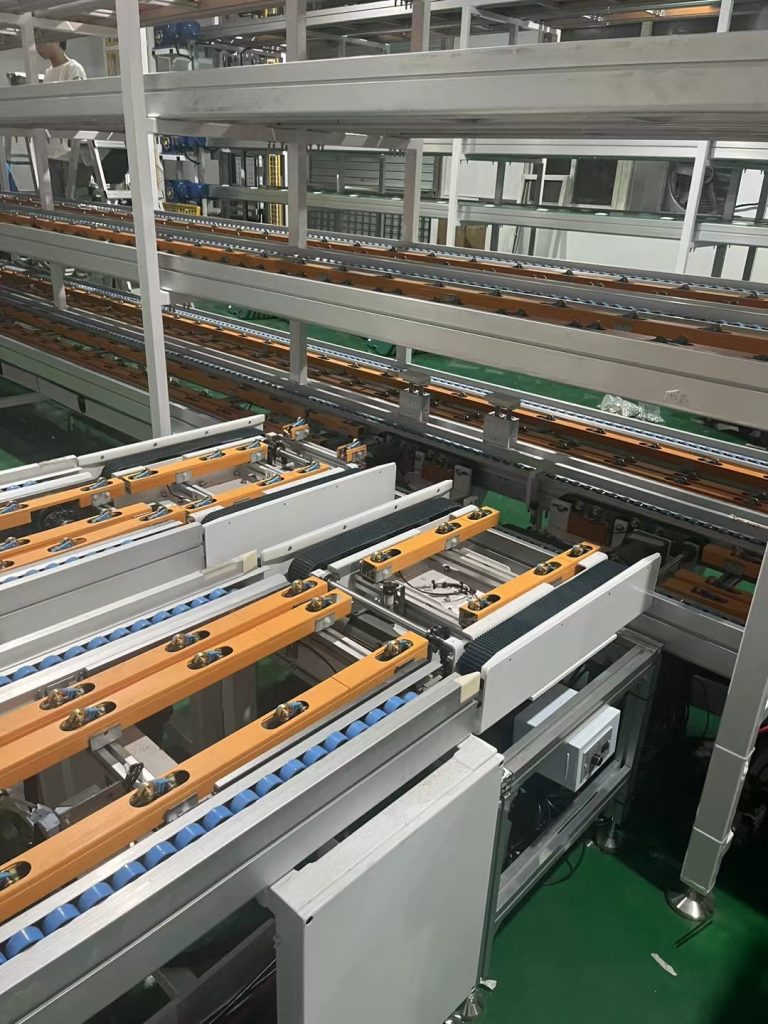Table of Contents
ToggleIn the fast-evolving world of electronics, Surface-Mount Technology (SMT) and Surface-Mount Devices (SMD) are pivotal components shaping modern manufacturing processes. While these terms are often used interchangeably, they represent distinct aspects of the electronics industry. This blog will delve into their differences, highlighting how SMT Technologies revolutionize the industry.
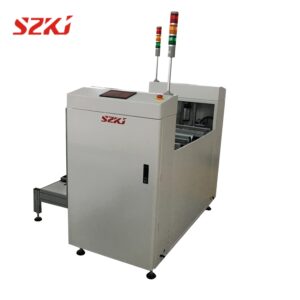
Understanding What SMT is and How it’s Different than SMD
Surface-mount technology (SMT) is a method used to attach electronic components directly to the surface of a printed circuit board (PCB). This technology eliminates the need for drilling holes for component leads, a common feature in the older through-hole technology. SMT is widely adopted for its ability to miniaturize devices, enhance performance, and streamline production processes. The widespread use of SMT Technologies enables manufacturers to meet the demand for smaller, more efficient electronic devices.
Defining Surface Mount Devices (SMD)
Surface-mount devices (SMD) are the actual components mounted using SMT. These components are designed specifically for surface mounting, featuring small sizes and flat leads or terminals. Examples include resistors, capacitors, diodes, and microchips. SMDs are the building blocks of modern electronic circuits, and their compatibility with SMT Technologies ensures seamless integration into PCBs.
Key Differences Between Surface Mount Technology and Surface Mount Devices
- Definition and Scope:
- SMT: A manufacturing process for attaching components to PCBs.
- SMD: The individual components are mounted using SMT.
- Functionality:
SMT is the methodology that defines how components are applied to a PCB. It involves automated assembly techniques for placing components onto the board and soldering them in place using various methods, such as reflow soldering. SMT can be used for both passive components (e.g., resistors and capacitors) and active components (e.g., microchips and ICs). The key functionality of SMT is to optimize the manufacturing process by reducing labor costs, improving assembly speed, and enabling high precision, which is crucial for producing high-quality electronics in large volumes.
SMDs, as the physical components in an SMT system, serve the purpose of enabling specific functions in an electronic circuit. Each SMD is a discrete component, such as a resistor, capacitor, or IC, that plays a key role in how the device operates. SMDs are designed to be compact and efficient, providing the same functionality as through-hole components but in a much smaller footprint. This allows engineers to fit more functionality into smaller spaces, which is essential for modern electronic devices that require high performance in compact form factors.
- Role in Electronics Manufacturing:
The role of SMT in electronics manufacturing is to streamline the assembly process and facilitate high-speed, automated production. By using SMT, manufacturers can place and solder a large number of components on the PCB quickly and accurately, which significantly reduces production time. This is especially important for high-volume manufacturing, where speed, precision, and cost-efficiency are critical. SMT also allows for the design of more complex and densely packed PCBs, enabling manufacturers to meet the increasing demand for smaller, more powerful devices with advanced features.
SMDs, in turn, play a crucial role in miniaturizing electronics and allowing engineers to pack more components into smaller spaces. Their compact design means that multiple functions can be integrated into a single device or product, helping meet the growing demand for compact, high-performance electronics. SMDs enable the development of more advanced technologies, such as wearable devices, smartphones, and IoT (Internet of Things) gadgets, which require tiny yet powerful components to perform efficiently. Their small size and ease of integration make them the cornerstone of modern electronic devices.
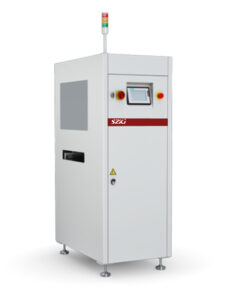
Advantages of SMT Technologies
The adoption of SMT Technologies has transformed the electronics manufacturing landscape. Key benefits include:
- Miniaturization: Devices today are smaller and more portable, thanks to SMT.
- Increased Efficiency: Automation reduces errors and speeds up production.
- Cost-Effectiveness: Lower material and labor costs result in more affordable products.
- Enhanced Reliability: Improved soldering techniques minimize mechanical stress on components.
Applications in Modern Industries
From consumer electronics to aerospace, SMT Technologies find applications across diverse sectors. The automotive industry, for example, benefits from SMT in developing advanced control systems. In telecommunications, SMT enables the production of compact yet powerful communication devices.
SMT Technologies: Driving Innovation
What makes SMT Technologies truly remarkable is its ability to adapt to evolving demands. With increasing emphasis on renewable energy and IoT, SMT plays a critical role in producing energy-efficient devices and smart systems. Its compatibility with automation ensures manufacturers stay ahead in the competitive electronics market.
Conclusion
Understanding the distinction between SMT and SMD is crucial for anyone working in or exploring electronics manufacturing. SMT serves as the foundation for modern assembly lines, while SMDs are integral to the circuits powering our gadgets. Together, they represent the synergy that drives technological advancements. As SMT Technologies continue to evolve, they will undoubtedly shape the future of electronics, ensuring devices are faster, smaller, and more efficient than ever before.

